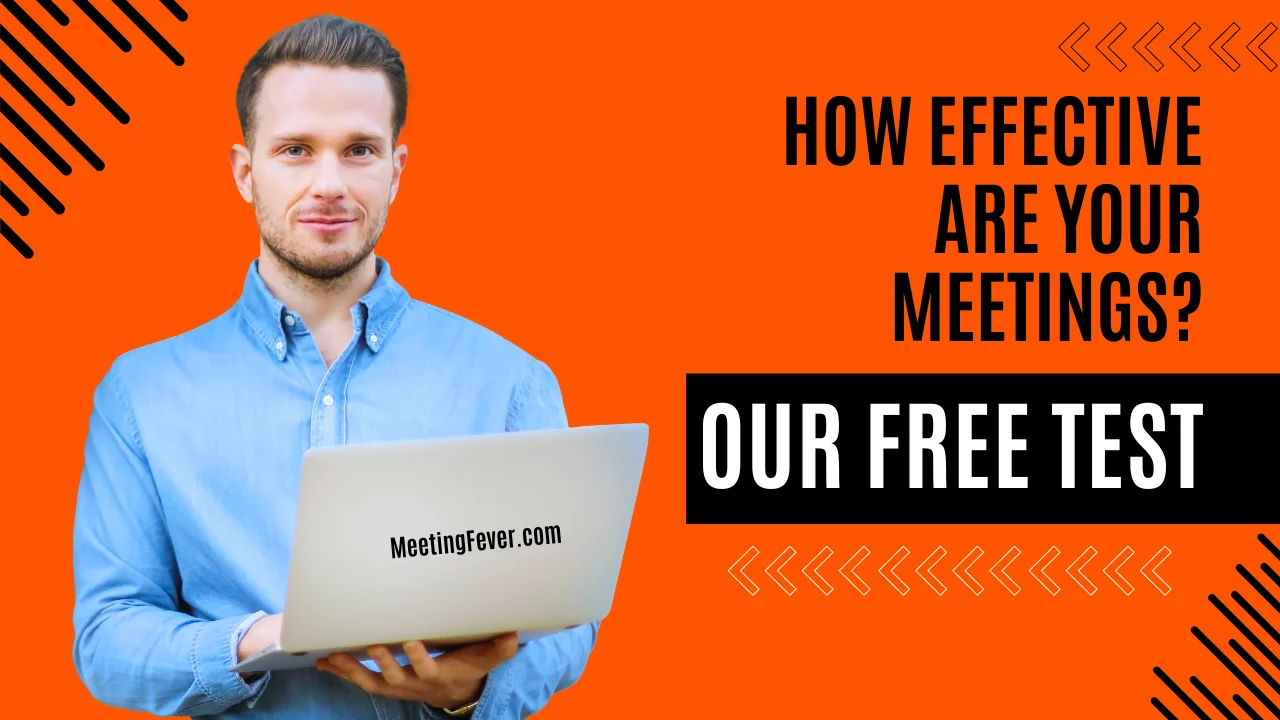A Meeting Summary is a documented overview of a meeting, encompassing key points, decisions made, assignments distributed, and the main thoughts and ideas expressed during the meeting. It serves as a valuable record for those who attended, and provides an insightful snapshot of the meeting’s discussions to those who were unable to attend.
A thorough meeting summary ensures that no significant points are missed and supports follow-ups and implementation of decisions. It contributes to better organization, increased productivity, and enhanced communication among team members.




